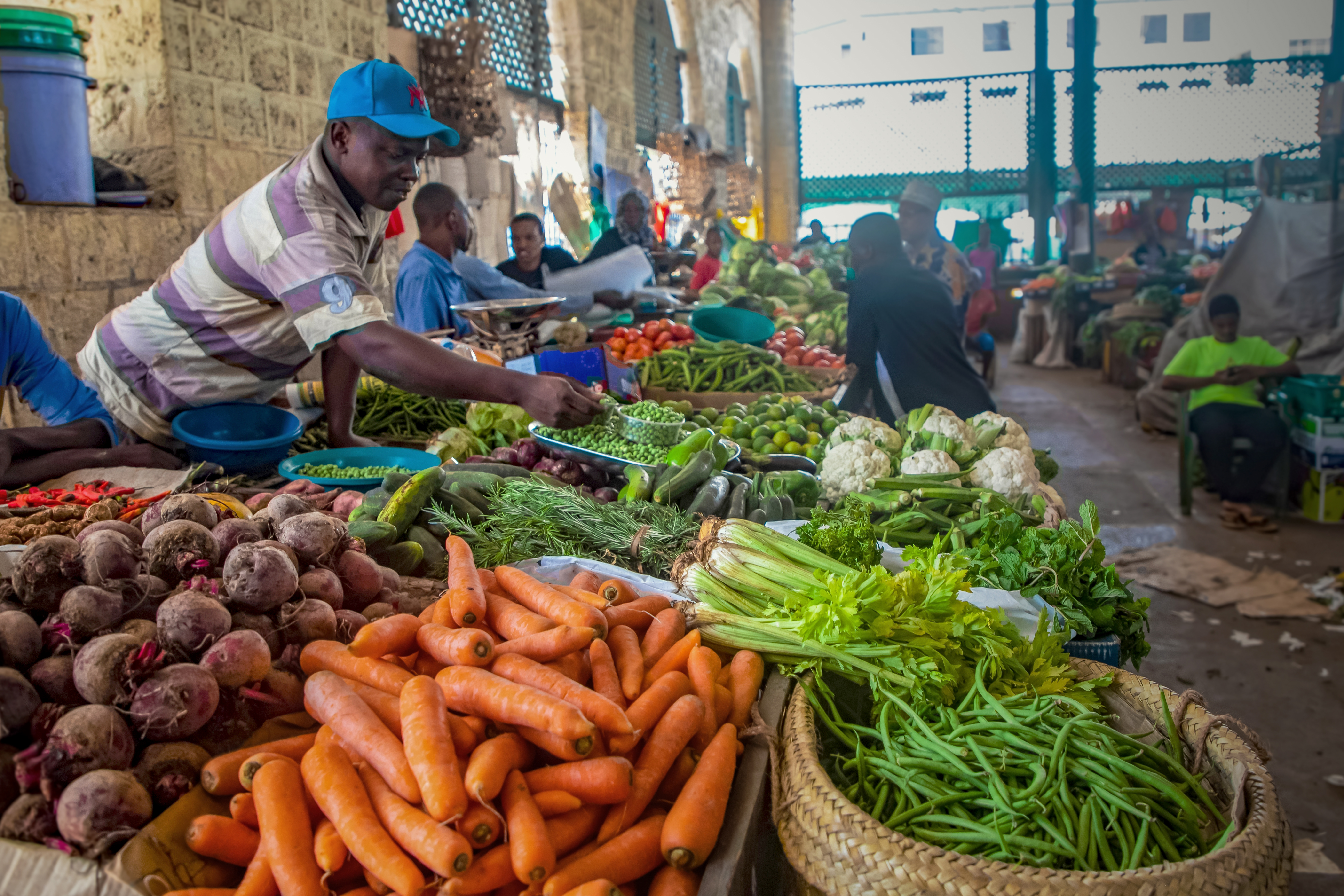- This topic is empty.
- AuthorPosts
- Aprili 12, 2025 at 12:14 um #626418
Smallholder farmers are the backbone of global food production, particularly in developing countries. However, despite their critical role, they often face challenges in accessing markets and fully benefiting from value chains due to factors like poor infrastructure, limited resources, and lack of market information.
Enhancing market access and value chains for smallholder farmers is crucial for improving their income, reducing poverty, and promoting sustainable agricultural practices. By strengthening connections between farmers, markets, and consumers, we can ensure that smallholders can more effectively participate in the broader agricultural economy.
1. Importance Of Market Access For Smallholder Farmers
Market access refers to the ability of farmers to sell their produce at competitive prices in local, regional, or international markets. Smallholder farmers often face barriers such as limited transportation, inadequate storage facilities, and lack of market knowledge, which hinder their ability to reach buyers.
Improving market access enables farmers to sell their products at fair prices, enhancing their income and financial security. Moreover, market access is essential for promoting diversification and improving the livelihoods of smallholders, encouraging them to invest in better farming practices and sustainable production methods.
2. Strengthening Agricultural Value Chains
An agricultural value chain involves all the stages of production, processing, and distribution that bring a product from farm to market. Strengthening value chains involves improving each link, from seed suppliers to processors, wholesalers, retailers, and consumers.
For smallholder farmers, better value chain integration means more direct access to markets, reducing reliance on intermediaries who often take a large share of the profits. By enhancing value chains, smallholders can capture more value from their products, ensuring they benefit more from the final price paid by consumers, and thus improving their overall economic resilience.
3. Access To Financial Resources And Market Information
Financial access is another key factor that determines a farmer’s ability to participate in value chains. Smallholders often lack the capital to invest in equipment, inputs, or infrastructure necessary to improve production and meet market demands. Providing access to affordable credit, insurance, and savings products can enable farmers to scale up their operations.
Additionally, access to accurate market information—on demand trends, pricing, and consumer preferences—empowers farmers to make better decisions. Market information can be disseminated through digital platforms, mobile apps, or community-based organizations, bridging gaps between smallholders and dynamic market conditions.
4. Building Farmer Cooperatives And Farmer-Producer Organizations
Farmer cooperatives and producer organizations are essential for enhancing market access for smallholders. By pooling resources, farmers can access larger markets, negotiate better prices, and improve the efficiency of input procurement and product marketing.
These organizations can also provide training and capacity building on business skills, quality standards, and product diversification. Through collaboration, smallholder farmers can leverage economies of scale, reduce transaction costs, and increase their bargaining power in the marketplace, enabling them to compete more effectively.
5. Infrastructure Development And Policy Support
Adequate infrastructure is crucial for efficient market access. Smallholder farmers often struggle with poor roads, unreliable transportation, and limited storage facilities, which increase postharvest losses and reduce the freshness of produce. Investment in rural infrastructure—such as roads, storage facilities, and cold chains—can significantly improve the ability of farmers to access markets and reduce losses.
In addition, supportive policies at the government level, such as subsidies for transport, reduced trade barriers, and regulations that protect smallholder interests, are essential for creating an enabling environment for farmers to thrive in competitive markets.
In conclusion, enhancing market access and value chains for smallholder farmers is key to improving their livelihoods and promoting sustainable agricultural development.
By strengthening value chains, improving infrastructure, providing access to finance and market information, and fostering cooperatives, smallholder farmers can increase their productivity, income, and resilience.
When smallholders are integrated into well-functioning value chains, they become active participants in the agricultural economy, benefiting from better market opportunities and contributing to broader food security goals. Ensuring their success is not only crucial for their prosperity but for the sustainability of global agriculture.
- AuthorPosts
- You must be logged in to reply to this topic.

